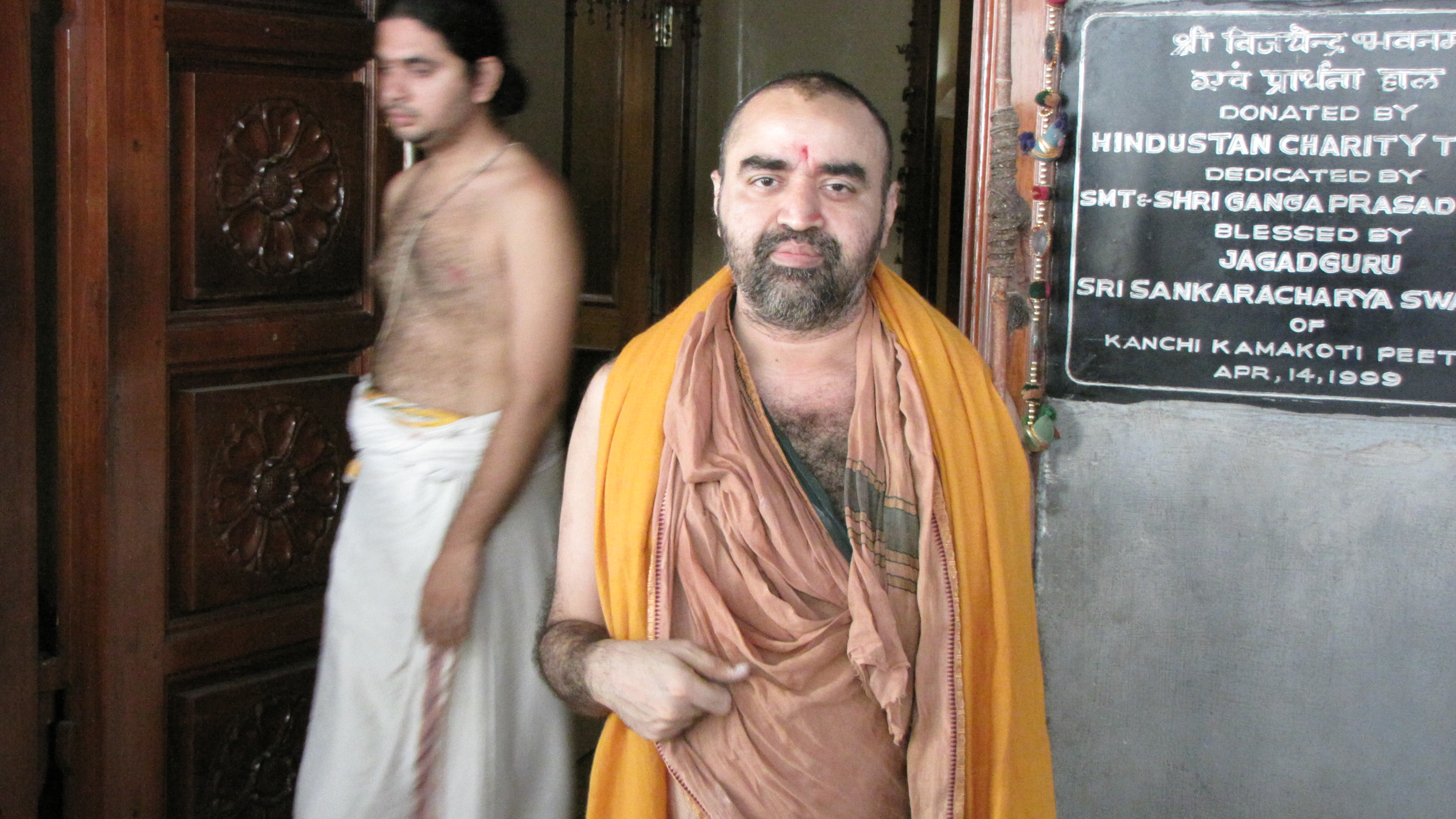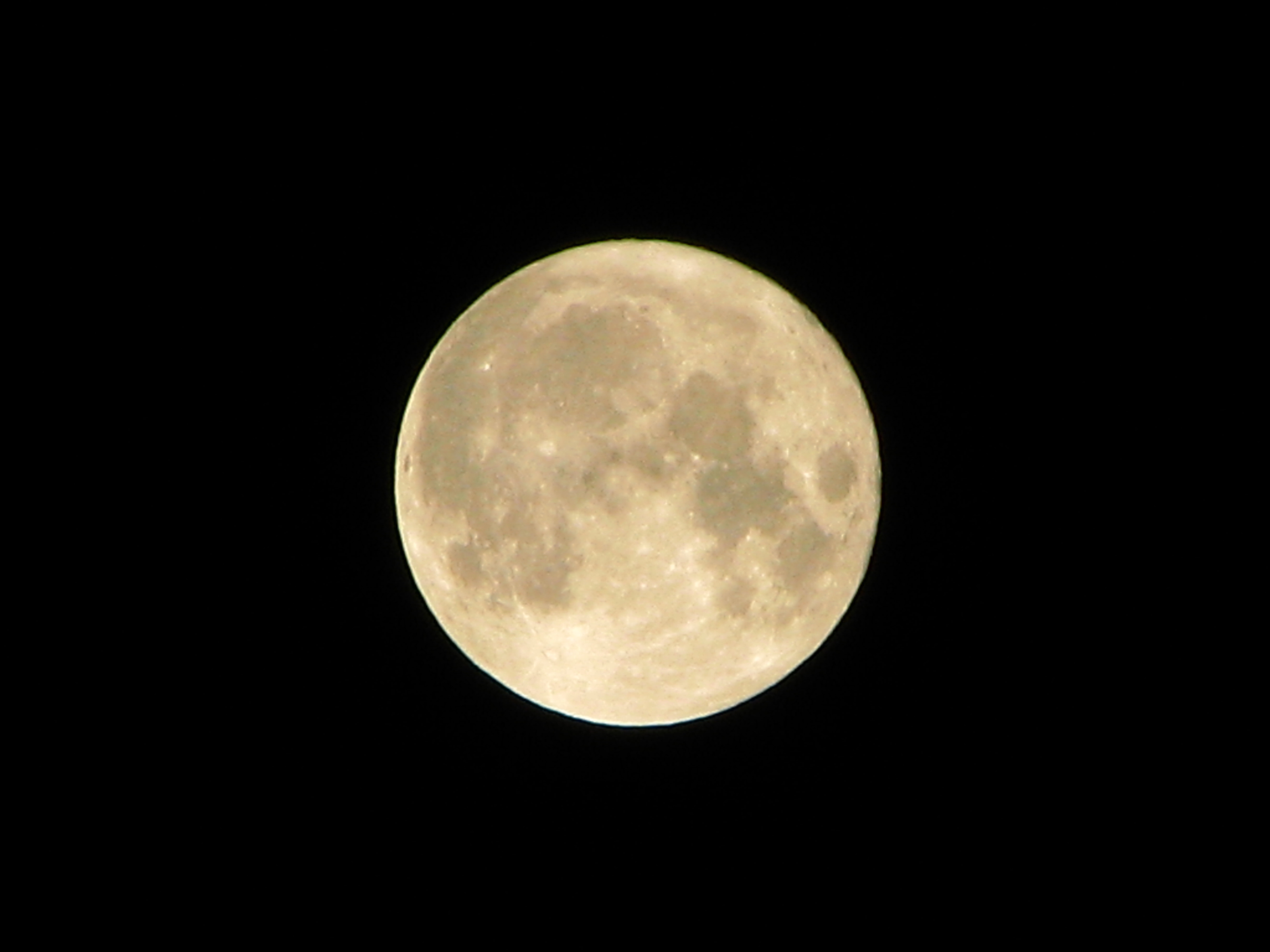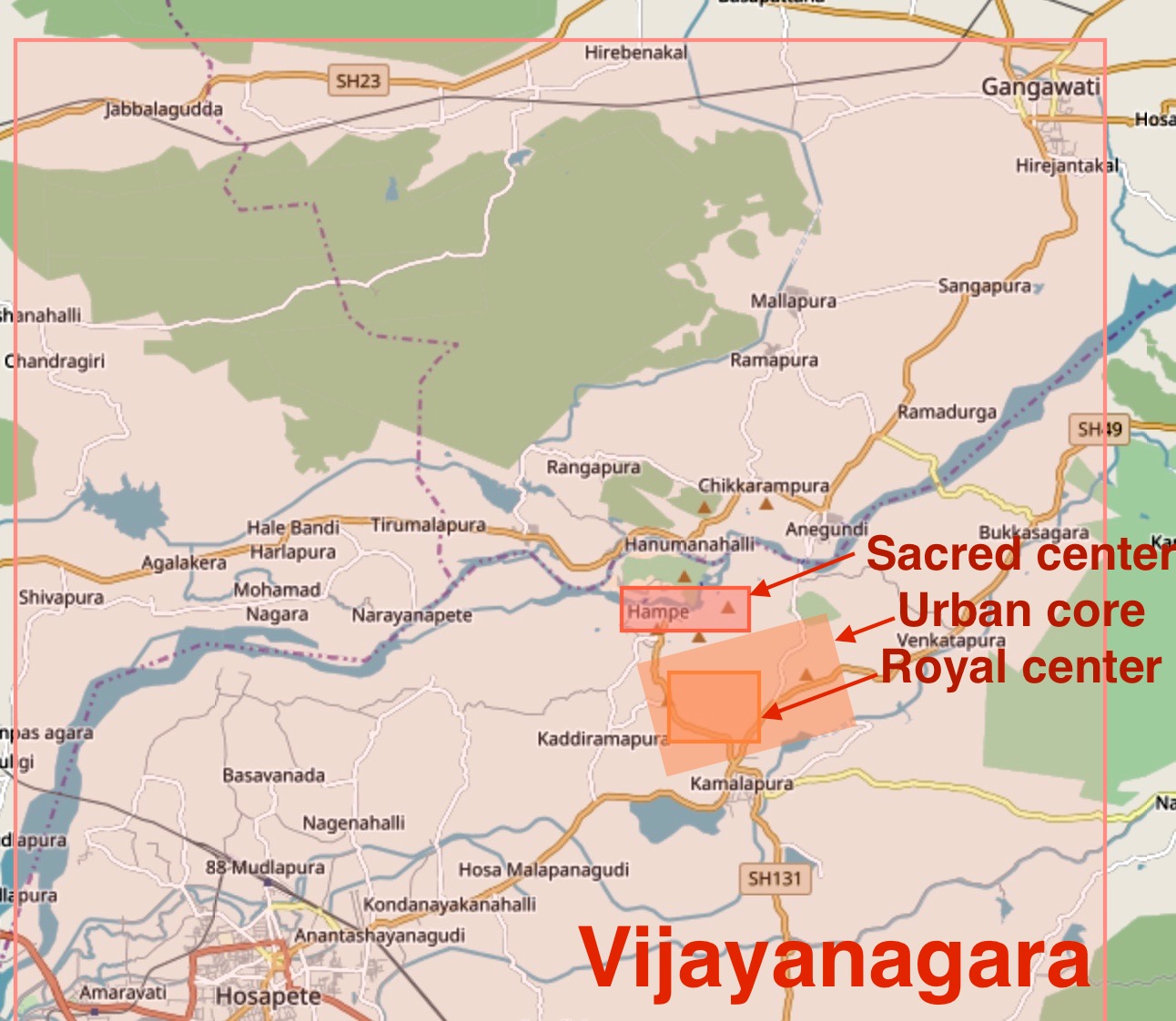|
Pallikondeswara Temple, Surutapalli
Pallikondeswara Temple(also Pradosha kshetram) is a Hindu temple dedicated to the god Shiva located in Surutupalle, a village in Chittoor district of Andhra Pradesh, India. The presiding deity Pallikondeswara, unlike other Shiva temples, is sported in reclining posture lying on the lap of his consort Parvati. The temple house a three-tiered gateway tower known as '' gopurams''. The temple has numerous shrines, with those of Valmeegeeswarar and Maragathambigai being the most prominent. The temple complex houses many halls and three precincts. The temple has six daily rituals at various times from 6:30 a.m. to 9 p.m., and five yearly festivals on its calendar. The Aipassi Annabishekam is the major festival in the temple. The temple was built by Vijayanagara king Harihara Bukka Raya (1344-47). In modern times, the temple is maintained and administered by State Institute of Temple Administration (SITA) of the Government of Andhra Pradesh. Legend During the Samudra manthan ... [...More Info...] [...Related Items...] OR: [Wikipedia] [Google] [Baidu] |
India
India, officially the Republic of India (Hindi: ), is a country in South Asia. It is the seventh-largest country by area, the second-most populous country, and the most populous democracy in the world. Bounded by the Indian Ocean on the south, the Arabian Sea on the southwest, and the Bay of Bengal on the southeast, it shares land borders with Pakistan to the west; China, Nepal, and Bhutan to the north; and Bangladesh and Myanmar to the east. In the Indian Ocean, India is in the vicinity of Sri Lanka and the Maldives; its Andaman and Nicobar Islands share a maritime border with Thailand, Myanmar, and Indonesia. Modern humans arrived on the Indian subcontinent from Africa no later than 55,000 years ago., "Y-Chromosome and Mt-DNA data support the colonization of South Asia by modern humans originating in Africa. ... Coalescence dates for most non-European populations average to between 73–55 ka.", "Modern human beings—''Homo sapiens''—originated in Africa. Then, int ... [...More Info...] [...Related Items...] OR: [Wikipedia] [Google] [Baidu] |
Kanchi Mutt
Sri Kanchi Kamakoti Peetham, also called the Sri Kanchi Matham or the Sri Kanchi Monastery or the Sarvagna Peetha, is a Hindu institution, located in Kanchipuram, Tamil Nadu. It is located near a temple dedicated to Goddess Sri Kamakshi (Durga, Kamakoti, Maha Tripurasundari) of the Shaktism tradition, along with a shrine for the Advaita Vedanta teacher Adi Shankara. The matha-tradition attributes its founding to Adi Shankara, but this and the reliability of the matha's succession list has been questioned. The Kanchi Math was originally established as the Kumbakonam Mutt in 1821 as a branch of the Sringeri Mutt, and later became involved with the Kamakshi temple in Kanchipuram. According to the Sri Kanchi math tradition, the matha was founded at Kanchipuram, and shifted south to the temple city of Kumbakonam in mid-18th-century due to the on-going wars, when there was warfare in the region, and returned to Kanchipuram in the 19th century. The matha is a living tradition, t ... [...More Info...] [...Related Items...] OR: [Wikipedia] [Google] [Baidu] |
Chandra
Chandra ( sa, चन्द्र, Candra, shining' or 'moon), also known as Soma ( sa, सोम), is the Hindu god of the Moon, and is associated with the night, plants and vegetation. He is one of the Navagraha (nine planets of Hinduism) and Dikpala (guardians of the directions). Etymology and other names The word "Chandra" literally means "bright, shining or glittering" and is used for the "Moon" in Sanskrit and other Indian languages.''Graha Sutras'' by Ernst Wilhelm, published by Kala Occult Publishers p. 51 It is also the name of various other figures in Hindu mythology, including an asura and a Suryavanshi king. It is also a common Indian name and surname. Both male and female name variations exists in many South Asian languages that originate from Sanskrit. Some of the synonyms of Chandra include ''Soma'' (distill), ''Indu'' (bright drop), ''Atrisuta'' (son of Atri), ''Shashin'' or ''Shachin'' (marked by hare), ''Taradhipa'' (lord of stars) and ''Nishakara'' (the ni ... [...More Info...] [...Related Items...] OR: [Wikipedia] [Google] [Baidu] |
Surya
Surya (; sa, सूर्य, ) is the sun as well as the solar deity in Hinduism. He is traditionally one of the major five deities in the Smarta tradition, all of whom are considered as equivalent deities in the Panchayatana puja and a means to realise Brahman. Other names of Surya in ancient Indian literature include Aditya, Arka, Bhanu, Savitr, Pushan, Ravi, Martanda, Mitra, Bhaskara, Prabhakara, Kathiravan, and Vivasvan. The iconography of Surya is often depicted riding a chariot harnessed by horses, often seven in number which represent the seven colours of visible light, and the seven days of the week. During the medieval period, Surya was worshipped in tandem with Brahma during the day, Shiva at noon, and Vishnu in the evening. In some ancient texts and art, Surya is presented syncretically with Indra, Ganesha, and others. Surya as a deity is also found in the arts and literature of Buddhism and Jainism. In the Mahabharata and Ramayana, Surya is represented as the ... [...More Info...] [...Related Items...] OR: [Wikipedia] [Google] [Baidu] |
Kartikeya
Kartikeya ( sa, कार्त्तिकेय, Kārttikeya), also known as Skanda, Subrahmanya, Shanmukha (), and Murugan ( ta, முருகன்), is the Hindu god of war. He is the son of Parvati and Shiva, the brother of Ganesha and a god whose legends have many versions in Hinduism. Kartikeya has been an important deity in the Indian subcontinent since ancient times, worshipped as Mahasena and Kumara in North India and is predominantly worshipped in the state of Tamil Nadu and other parts of South India, Sri Lanka, Singapore, and Malaysia as Murugan. Murugan is widely regarded as the "God of the Tamil people". It has been postulated that the Tamil deity of Murugan was syncretised with the Vedic deity of Subrahmanya following the Sangam era. Both Muruga and Subrahmanya refer to Kartikeya. The iconography of Kartikeya varies significantly; he is typically represented as an ever-youthful man, riding or near an Indian peafowl, called Paravani, bearing a vel and so ... [...More Info...] [...Related Items...] OR: [Wikipedia] [Google] [Baidu] |
Ganesha
Ganesha ( sa, गणेश, ), also known as Ganapati, Vinayaka, and Pillaiyar, is one of the best-known and most worshipped deities in the Hindu pantheon and is the Supreme God in Ganapatya sect. His image is found throughout India. Hindu denominations worship him regardless of affiliations. Devotion to Ganesha is widely diffused and extends to Jains and Buddhists and includes Nepal, Sri Lanka, Thailand, Indonesia (Java and Bali), Singapore, Malaysia, Philippines, and Bangladesh and in countries with large ethnic Indian populations including Fiji, Guyana, Mauritius, and Trinidad and Tobago. Although Ganesha has many attributes, he is readily identified by his elephant head. He is widely revered, more specifically, as the remover of obstacles and thought to bring good luck; the patron of arts and sciences; and the deva of intellect and wisdom. As the god of beginnings, he is honoured at the start of rites and ceremonies. Ganesha is also invoked as a patron of letters ... [...More Info...] [...Related Items...] OR: [Wikipedia] [Google] [Baidu] |
Lingam
A lingam ( sa, लिङ्ग , lit. "sign, symbol or mark"), sometimes referred to as linga or Shiva linga, is an abstract or aniconic representation of the Hindu god Shiva in Shaivism. It is typically the primary ''murti'' or devotional image in Hindu temples dedicated to Shiva, also found in smaller shrines, or as self-manifested natural objects. It is often represented within a disc-shaped platform, the ''yoni'' – its feminine counterpart, consisting of a flat element, horizontal compared to the vertical lingam, and designed to allow liquid offerings to drain away for collection. Together, they symbolize the merging of microcosmos and macrocosmos, the divine eternal process of creation and regeneration, and the union of the feminine and the masculine that recreates all of existence. The original meaning of ''lingam'' as "sign" is used in Shvetashvatara Upanishad, which says "Shiva, the Supreme Lord, has no liūga", liuga ( sa, लिऊग ) meaning he is transcen ... [...More Info...] [...Related Items...] OR: [Wikipedia] [Google] [Baidu] |
Vijayanagara
Vijayanagara () was the capital city of the historic Vijayanagara Empire. Located on the banks of the Tungabhadra River, it spread over a large area and included the modern era Group of Monuments at Hampi site in Vijayanagara district, Bellary district and others in and around these districts in Karnataka, India. A part of Vijayanagara ruins known as Hampi has been designated as a UNESCO world heritage site. Vijayanagara is in the eastern part of central Karnataka, close to the Andhra Pradesh border.Vijayanagara Encyclopaedia Britannica Hampi is an ancient human settlement, mentioned in Hindu texts and has pre-Vijayanagara temples and monuments. In early 14th century, the Deccan region including the dominant Kakatiya Dynasty, Kakatiyas, Yadavas of Devagiri, Seuna Yadavas, Hoysala Empire, Hoysalas and the ... [...More Info...] [...Related Items...] OR: [Wikipedia] [Google] [Baidu] |
Vishnu
Vishnu ( ; , ), also known as Narayana and Hari, is one of the principal deities of Hinduism. He is the supreme being within Vaishnavism, one of the major traditions within contemporary Hinduism. Vishnu is known as "The Preserver" within the Trimurti, the triple deity of supreme divinity that includes Brahma and Shiva.Gavin Flood, An Introduction to Hinduism' (1996), p. 17. In Vaishnavism, Vishnu is the supreme being who creates, protects, and transforms the universe. In the Shaktism tradition, the Goddess, or Adi Shakti, is described as the supreme Para Brahman, yet Vishnu is revered along with Shiva and Brahma. Tridevi is stated to be the energy and creative power (Shakti) of each, with Lakshmi being the equal complementary partner of Vishnu. He is one of the five equivalent deities in Panchayatana puja of the Smarta tradition of Hinduism. According to Vaishnavism, the highest form of Ishvara is with qualities (Saguna), and have certain form, but is limitless, transcend ... [...More Info...] [...Related Items...] OR: [Wikipedia] [Google] [Baidu] |
Ranganatha
Ranganatha, also known as Ranganathar, Rangan, Aranganathar, Sri Ranga, and Thenarangathan, is a Hindu deity with his origin in South India, serving as the chief deity of the Sri Ranganathaswamy Temple, Srirangam. The deity is a resting form of Vishnu, recumbent on the great form of the serpent demigod Adishesha, the king of the serpents. His primary consort is the Goddess Lakshmi, also known as Ranganayaki. His two other consorts seen next to his recumbent figure are Bhudevi and Nila Devi. Most of the deities portray a 'smiling' lord in a sleeping or reclining position over the celestial serpent Adishesha in the sea of cosmic dissolution (pralaya). This is the form in which he is open to listening to all of his devotees' woes, and blesses them. Apart from being worshipped by all Hindus, this form is of particular importance to the Sri Vaishnava community. His name in Sanskrit means "leader of the place of assembly", coined from the two Sanskrit words ''ranga'' (place) and ''natha ... [...More Info...] [...Related Items...] OR: [Wikipedia] [Google] [Baidu] |
Vijayendra Saraswati Swamigal
Shankara Vijayendra Saraswathi (born 13 March 1969) is the 70th Jagadguru of Kanchi Kamakoti Peetam, Kanchipuram. He became the senior Pontiff of the Kanchi Mutt following the attainment of Vidhehamukthi of Jayendra Saraswati, the 69th Pontiff, on 28 February 2018. Biography Sri Shankara Vijayendra Saraswathi was born in 1969 as Sankara Narayanan in Periyapalayam village near Arani in Tiruvallur. He attended a village school in Periyapalayam and studied the Vedas with his father, Sri Krishnamurthy Sastri, a Vedic scholar and teacher. He joined the Kanchi Kamakoti Peetham when he was 13 and was named 70th Peetadipati in 1983. Shri Shankara Vijayendra Sarasvati Swami has toured many parts of the country. He has visited places like Punjab, Himachal Pradesh, Assam, Orissa, West Bengal, and all other parts of southern India. He also visited Nepal in the year 1998 with His Guru Shri Jayendra Saraswati Swami. Arrest and Acquittal In 2004, the junior Sri Vijayendra Saraswathi Mahas ... [...More Info...] [...Related Items...] OR: [Wikipedia] [Google] [Baidu] |
Jayendra Saraswati
Jagadguru Sri Jayendra Saraswathi Shankaracharya (born Subramanyam Mahadeva; 18 July 1935 – 28 February 2018) was the 69th Shankaracharya Guru and head or pontiff (Pïțhādhipati) of the Kanchi Kamakoti Peetham. Subramanyam Mahadeva Iyer was nominated by his predecessor, Chandrashekarendra Saraswati, as his successor and was given the pontifical title Sri Jayendra Saraswathi on 22 March 1954. Sri Jayendra Saraswati Swamigal succeeded Mahaperiyava Chandrashekara Saraswati Swamigal in 1960, a fact not many people know. He conducted all the activities of the mutt with the oversight of his Guru out of reverence. His successor was anointed by the then Senior Pontiff Mahaperiyava during his lifetime in the early 1980s. Early life Sri Jayendra Saraswathi Swamigal was born as Subramanyam to Mahadeva Iyer and Saraswathi Ammal on 18 July 1935. He completed schooling at Irulneeki primary school and at a middle school at nearby Adichapuram village. Then he shifted to a vedha padas ... [...More Info...] [...Related Items...] OR: [Wikipedia] [Google] [Baidu] |






